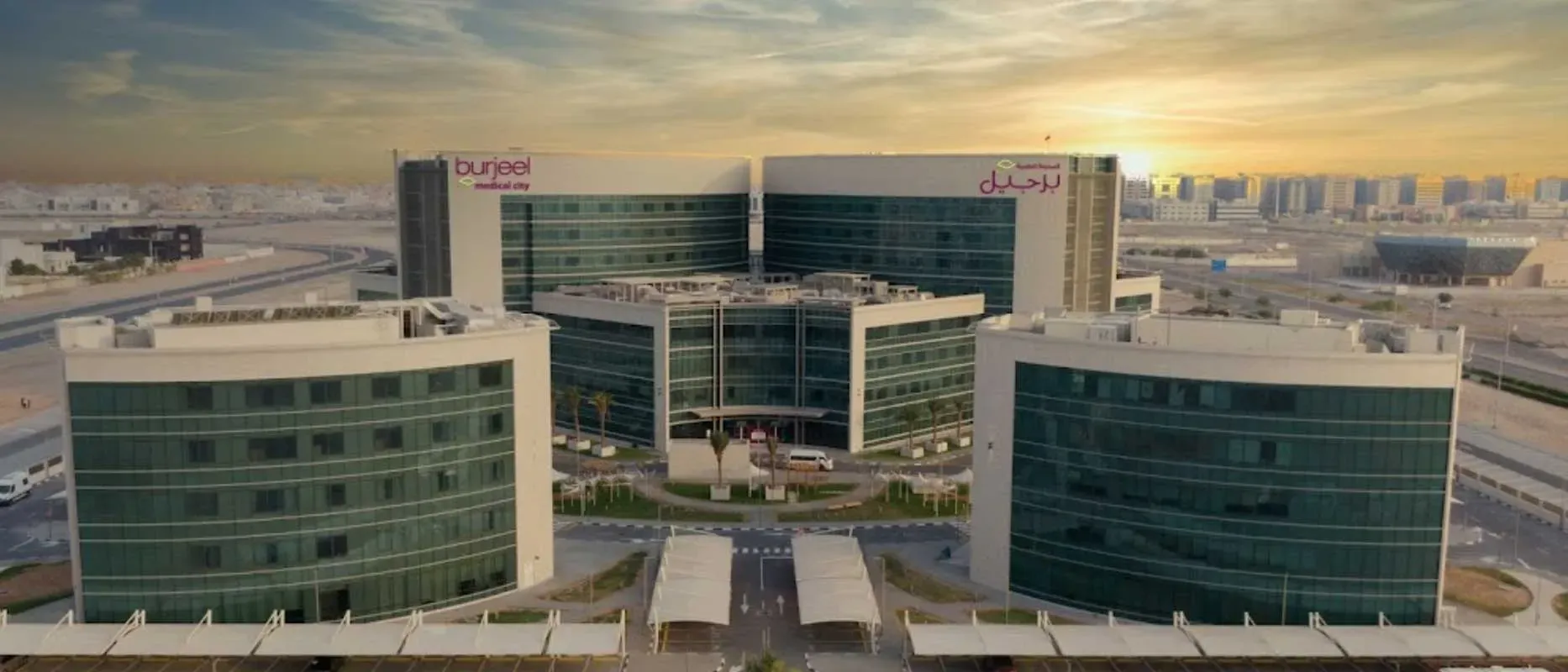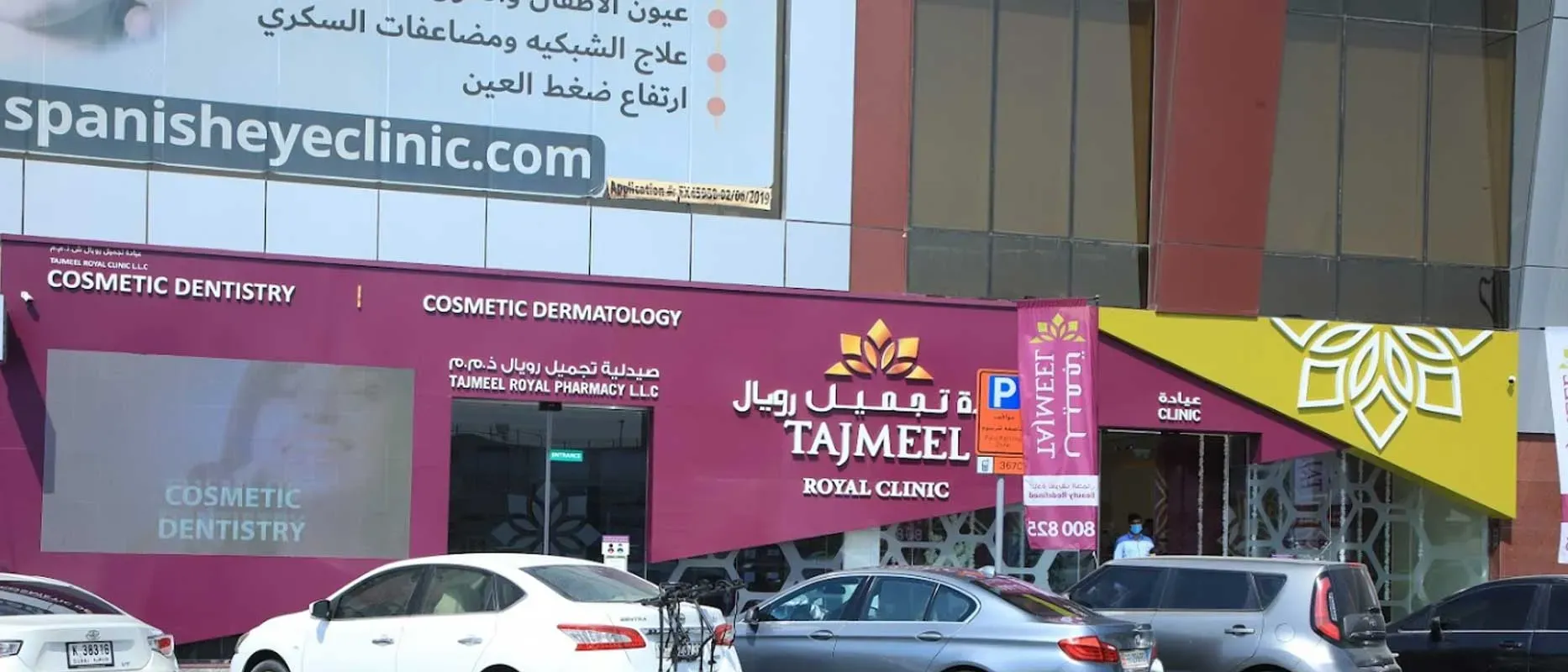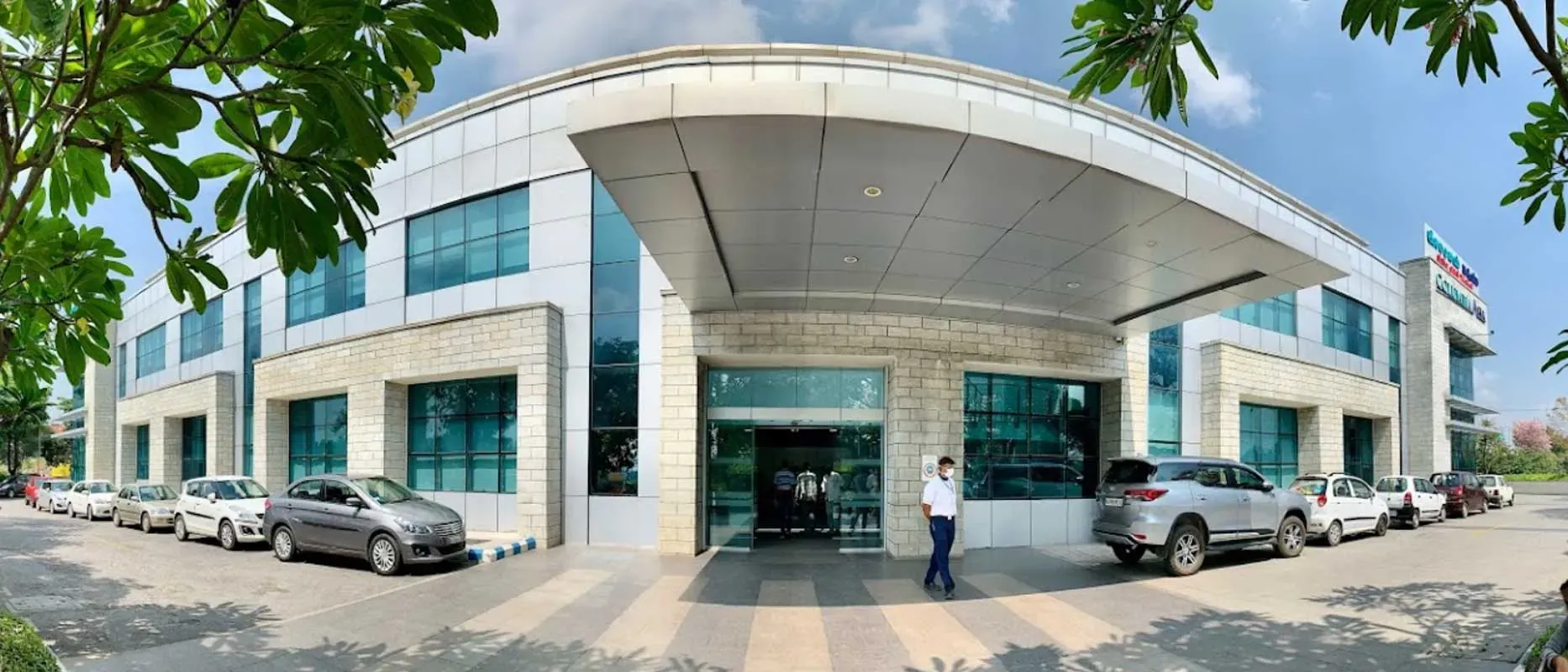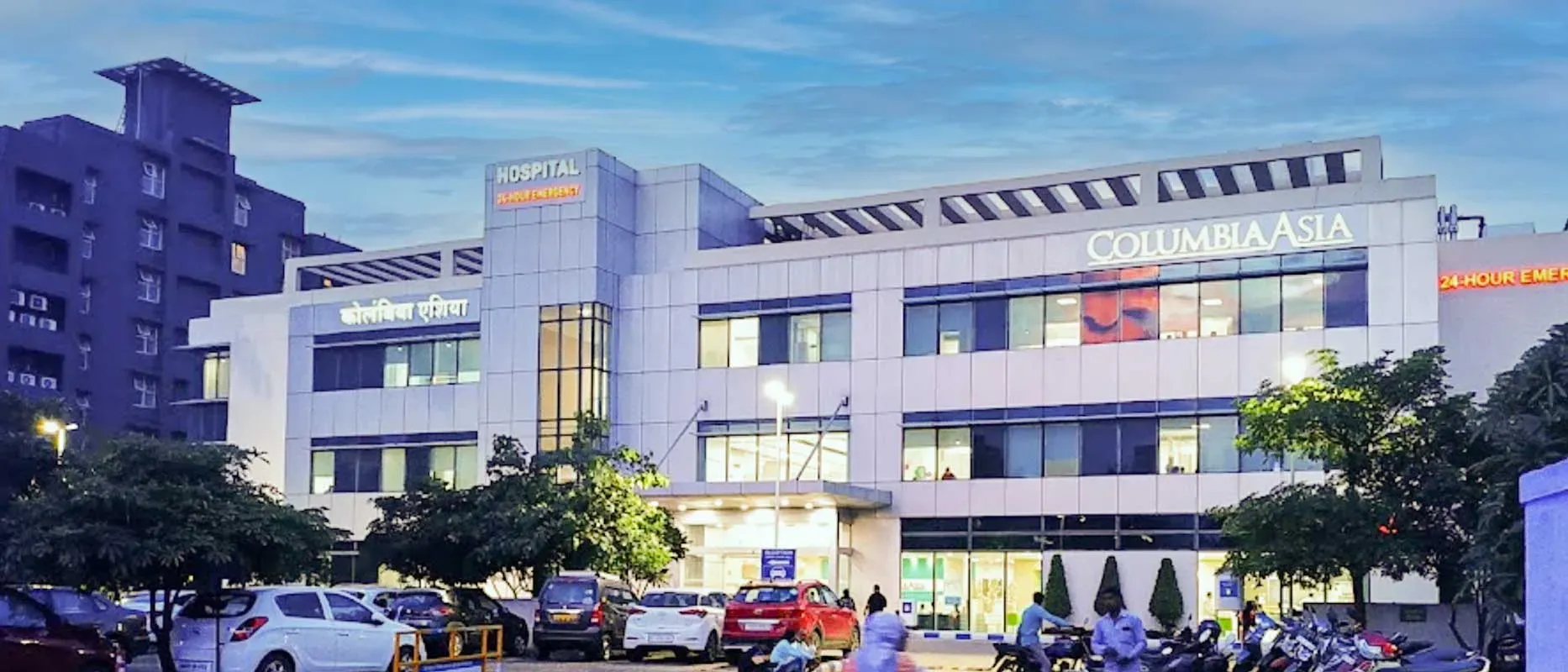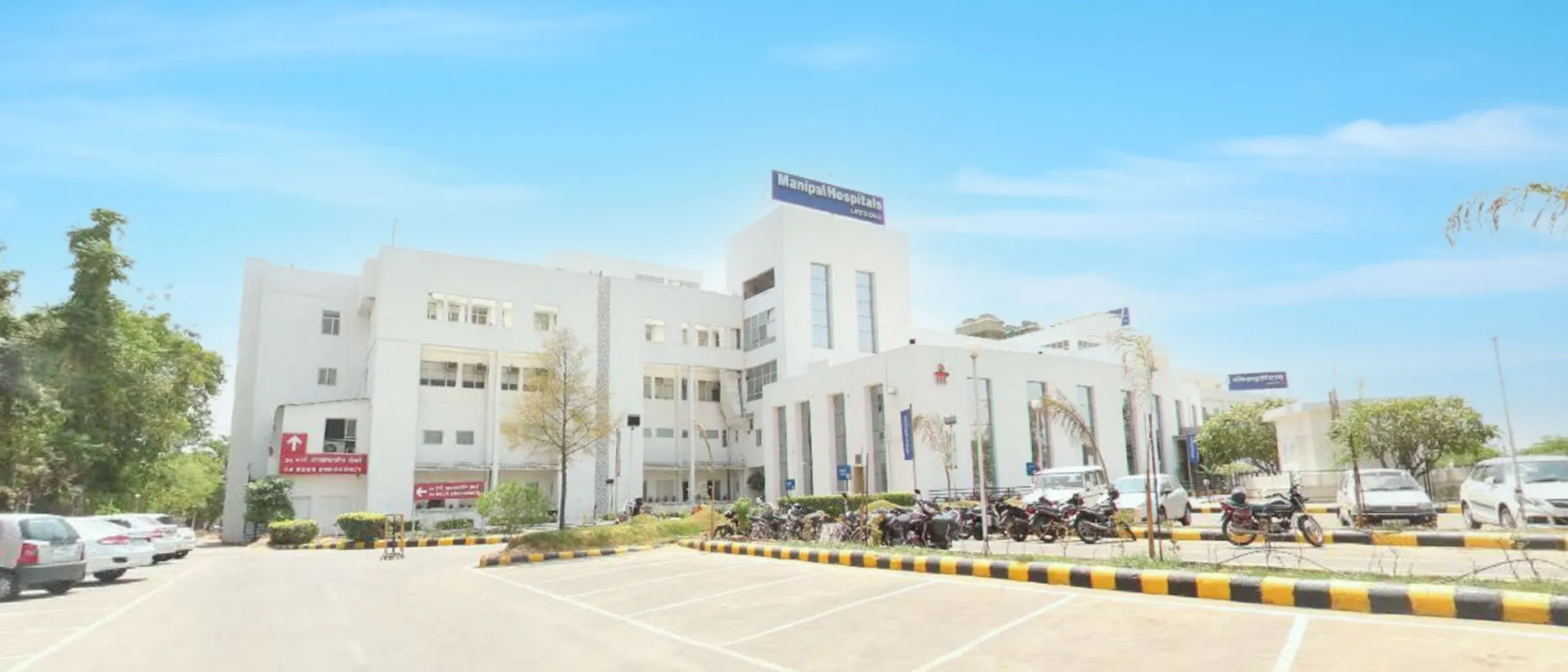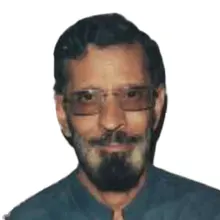Overview of Facelift Surgery Treatment India
A facelift surgery is a cosmetic surgical procedure in which the saggy skin is reduced to make a younger look of a face. This procedure is used to make the skin smooth on the jaw and cheeks. In facelift surgery, the excess skin is removed which gives a face a youthful appearance. A neck lift procedure is also done as part of a face lift where the excess skin on the neck is removed. It also helps to reduce the appearance of a double chin. A facelift procedure is often confused with the correction of wrinkles and fine lines due to exposure to sunlight. Like other surgical procedures, a facelift surgery also has some risks and complications that can lead to undesired results of the procedure. So the patient has to use some medications to reduce the chances of these risks. With increasing age, the skin of the face can be saggy again. Because a facelift cosmetic surgery lasts for up to 10 years or more. After facelift surgery, the pain, swelling, and numbness occur for some time but these symptoms resolve within one to two weeks. There are some restrictions after facelift surgery like no use of makeup, soap, and lotion and avoiding direct sunlight.
Types of Facelift Surgery Treatment India
Some of the types of facelift surgery are described below:
- Traditional Facelift
- Mini Facelift
- Mid Facelift
- Lower Facelift
- Thread Lift
- SMAS Facelift
- Deep Plane Facelift
- Non-Surgical Facelift
Traditional Facelift
In traditional facelift procedures, the incisions are made along the hairline, around the ears, and sometimes under the chin. The surgeon then lifts and repositions the underlying tissues and muscles, removes excess fat, and trims excess skin. This procedure provides a new look for the lower face and neck.
Mini Facelift
This procedure targets specific areas such as the jaws and lower face. It is also known as a weekend facelift. It involves smaller incisions which has the advantage of a shorter recovery period as compared to a traditional facelift.
Mid Facelift
This procedure focuses on the middle area of the face and treats the sagging cheeks and the loose skin between the nose and mouth. In the facelift procedure, incisions are typically made inside the mouth.
Lower Facelift
Lowe facelift surgery targets the skin on the jaws and neck. This procedure helps to tighten sagging skin and muscles in the lower part of the face. Incisions are made around the ears and behind the hairline.
Thread Lift
This is a minimally invasive technique that involves inserting thin threads under the skin, which are then tightened to lift and reposition sagging facial tissues. Thread lifts offer a shorter recovery time and provide results sooner as compared to traditional facelifts.
SMAS Facelift
The SMAS facelift technique lifts and tightens both the skin and the underlying tissue layer that connects the muscle to bones and provides more accurate and long-lasting results.
Deep Plane Facelift
This approach involves lifting and repositioning the deeper layers of facial tissues. It is particularly effective for severe sagging and offers natural-looking results.
Non-Surgical Facelift
Various non-surgical options, such as dermal fillers, Botox, and laser treatments, can provide temporary results without the need for incisions or extensive recovery time.
Procedure of Facelift Surgery
The general overview of the facelift surgery is described below:
Anesthesia: The anesthesia is administered either to numb the area or to make the patient unconscious so that the patient cannot feel the pain and discomfort during surgery.
Incisions: The surgeon will make incisions according to the type of facelift technique. Incision placement can vary according to the type of facelift and the areas being treated.
Tissue Repositioning: The surgeon lifts and repositions the underlying facial tissues and muscles. Excess fat might be removed, and the tissues are tightened.
Skin Redraping: The skin is carefully pulled over to the repositioned tissues. The excess skin is then trimmed to provide smoothness.
Closure: The incisions are closed with sutures. The medications are applied over the incision site to prevent infection.
Dressings and Bandages: Dressings, bandages, and possibly drainage tubes are applied to the incision sites to promote healing and reduce swelling.
Recovery: In this phase, the pain, swelling, and numbness may appear but it can resolve with the use of medications within a few weeks.
Cost of Face Lift Surgery in India
The cost of facelift surgery in India ranges from 1300 USD to 1800 USD. The cost can vary according to the types of procedures performed. The cost can also vary according to the length of the procedure or the extent of saggy skin on the face.
| Treatment Costs in India |
Min in USD |
Max in USD |
| Face Lift Surgery |
1332 USD |
1776 USD |
Symptoms and Risk factors
Indications of Face Lift Surgery
Some of the conditions where facelift surgery can be used are:
- Loose skin
- Wrinkles
- Sagging jowls
- Weak facial muscles
- Extra skin and fat in the lower face
- Smile lines
- Lines around the mouth
- Droopy neck
- Tired-looking face
- Loss of firmness
- Dropped cheeks
- Neck with excess skin
- Chin and jawline changes
- Deep creases
- Facial aging signs
- Self-esteem concerns
Risk Factors of Face Lift Surgery
Some of the risk factors associated with the facelift procedure are as follows:
Infection
There is a risk of infection after surgery. The surgical site can become infected which can lead to other complications.
Scarring
There is a risk of scarring on the face. Scarring is a natural outcome of surgery but sometimes it can be more visible due to the poor skill of a surgeon.
Hematoma
The risk of accumulation of blood under the skin can also occur after the surgical procedure. This complication may require drainage for management.
Nerve Damage
Temporary or permanent nerve damage might affect the sensation. The nerve damage can weaken the muscles of the face.
Anesthesia Complications
Some patients may experience reactions to anesthesia. Adverse reactions to anesthesia may include allergies and problems in breathing.
Hair Loss
There is a risk of hair loss from the hairline after the incisions during the surgical procedure facelift.
Skin Irregularities
After the facelift surgery, the skin might appear uneven, bumpy, or discolored after healing. This can produce the undesired result after surgery.
Asymmetry
There is a chance of uneven results on both sides of the face. This can lead to unsatisfactory results.
Blood Clots
After surgery, there is a risk of blood clot formation in the blood vessels which can lead to life-threatening conditions.
Poor Healing
Some patients experience a delay in wound healing due to many reasons. For example, poor healing can occur in patients who smoke.
Necrosis
In rare cases, tissue death can occur that will require further treatments to manage the complication.
Unsatisfactory Results
When the surgery is performed with poor skills and techniques, the results might not meet expectations or last as long as desired.
Allergic Reactions
Some patients show adverse allergic reactions to the materials and tools used during the procedure. Some patients have allergies to different medications used in the process.
Top Hospitals for Facelift Surgery in India
Shaping the future of the healthcare institution and establishing the path to accomplishment.
Top Doctors for Facelift Surgery in India
Empower your Health with the Expertise of Leading Medical Professionals.
Dr. Ganapathy Krishnan
Department of Plastic Surgery
Consultant
Book Appointment
Dr. Leela Praveen Kumar K
Department of Plastic Surgery
Consultant
Book Appointment
Treatment Costs for Facelift Surgery
Be the change and be an opportunist in transforming healthcare.
How it's Works
Guiding your Journey from Discovery to Treatment Planning and Beyond.
Discovery
Get a consultation to discover about your treatment
Pre-Treatment
Admission to the best hospital and all pre-treatment facilities
Post Treatment
Get post-treatment follow-up care with medicine fulfillment
Treatment Planning
Hassle-free treatment planning with package & cost estimations
in-treatment
world-class quality procedures and equipment for treatment












